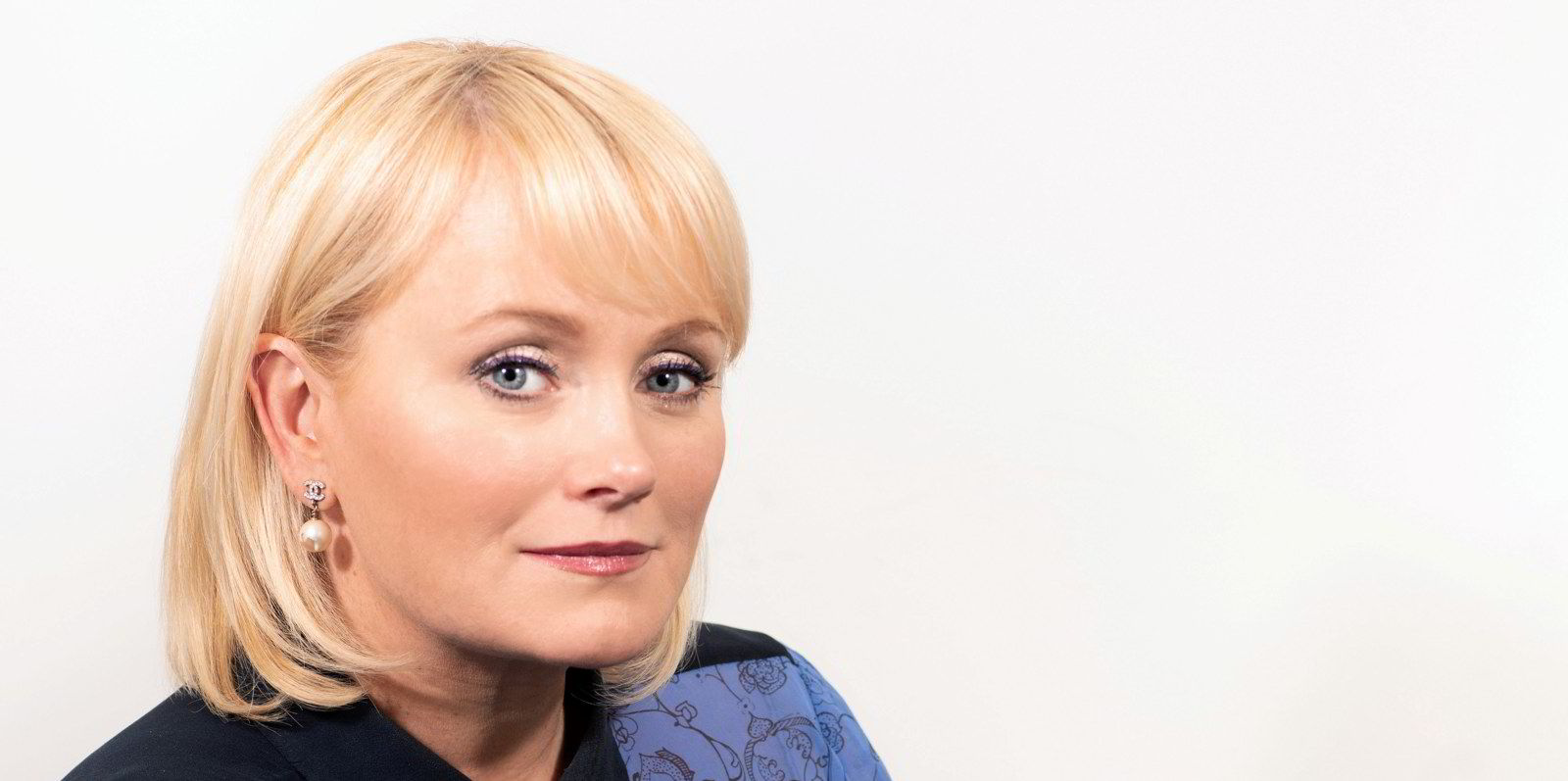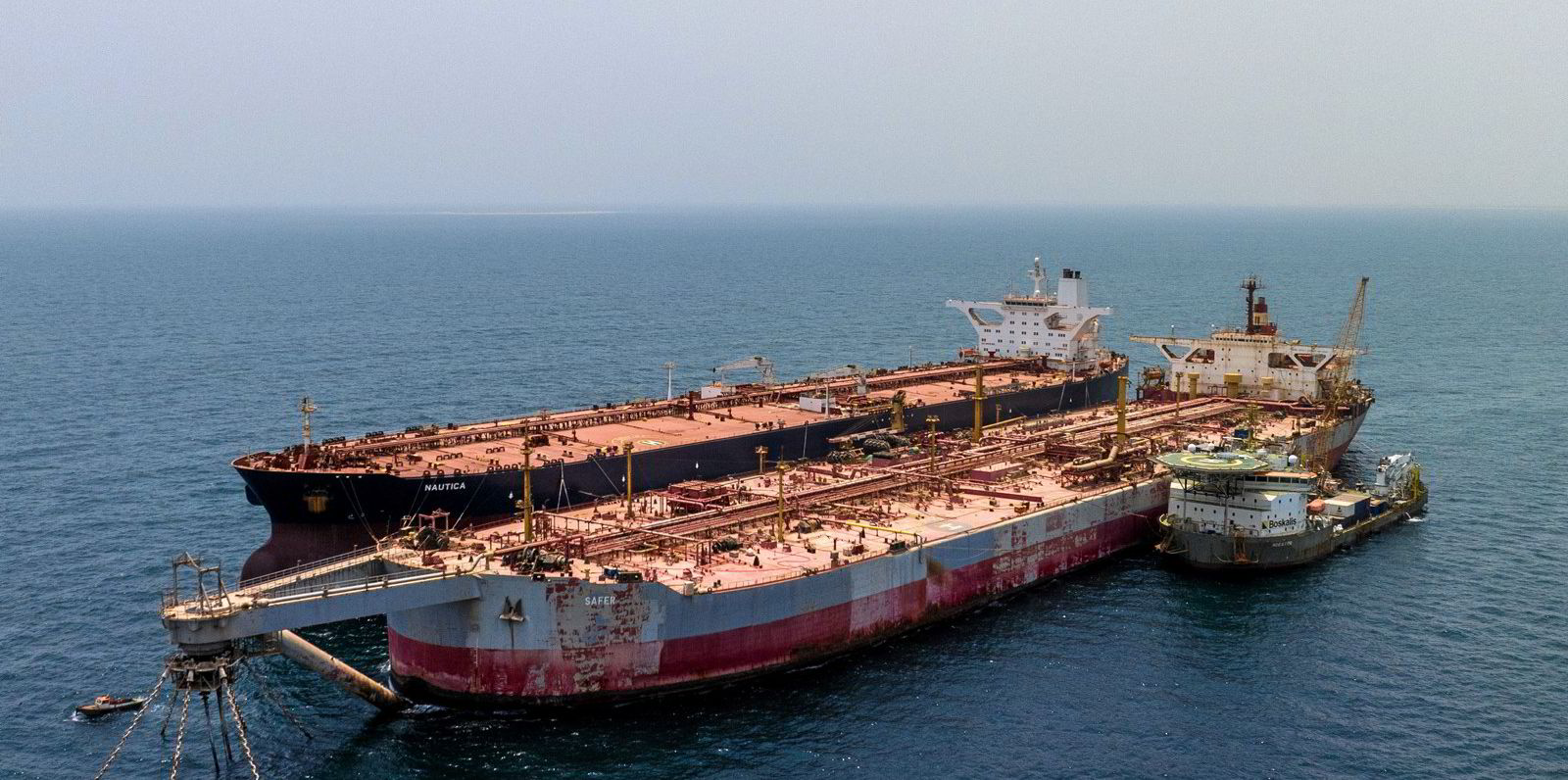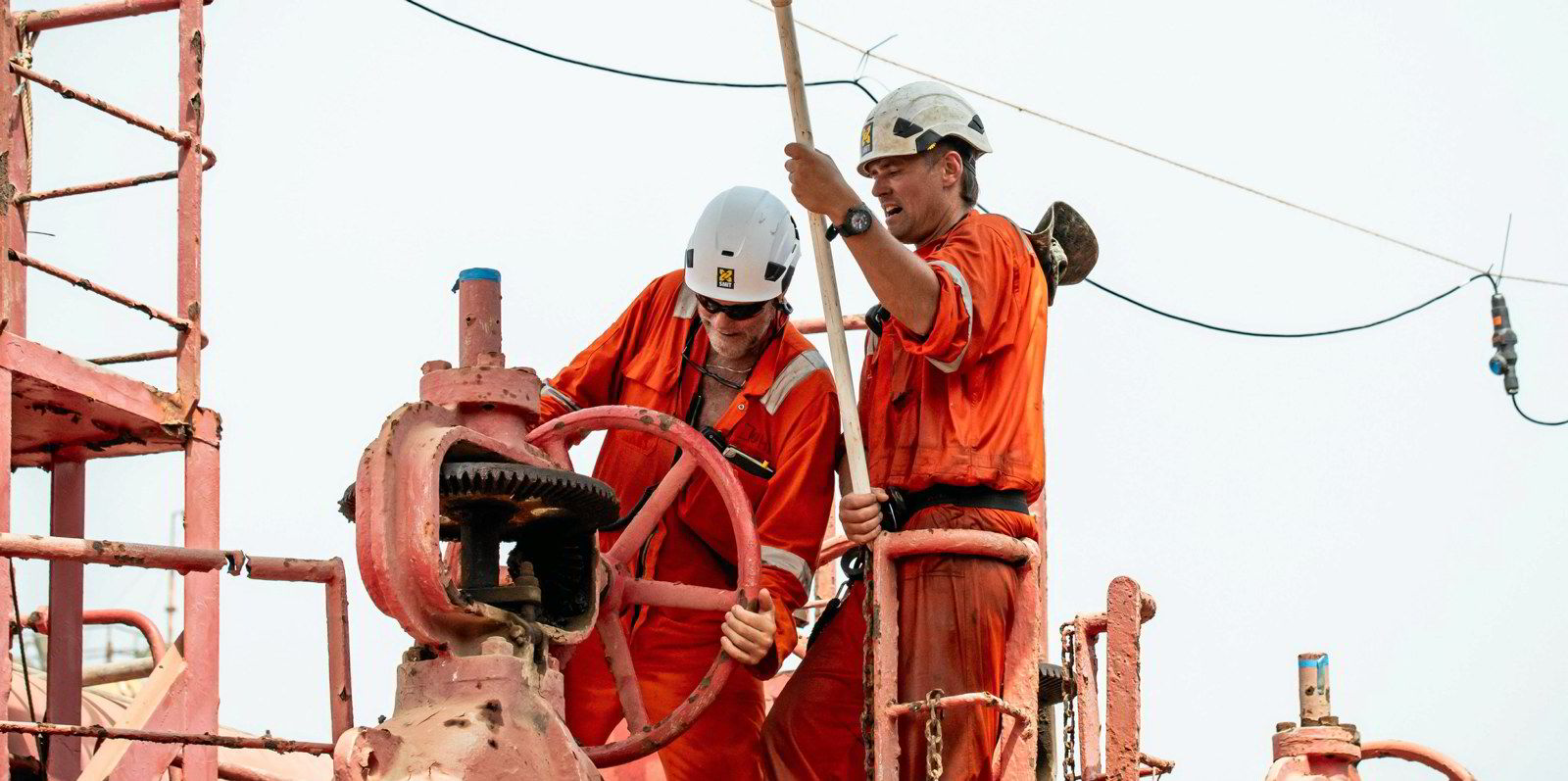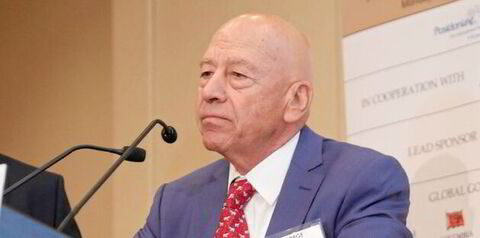Insurance broker Howden approached the London marine market last year to rally support for a United Nations project to remove 1m barrels of oil from an ageing ultra-large crude carrier wreck described as a ticking time bomb.
At the time, it looked like underwriters might need a lot of convincing to get involved in covering the possible liabilities linked to a ship-to-ship transfer from the decaying 407,000-dwt FSO Safer (built 1976).
Not only could the potential oil pollution run into billions of US dollars if the wreck broke up, but it was in a high-risk war zone off Yemen, and one of the parties involved was the Houthi militia.
But, for the UN, it was an emergency operation — and if an environmental disaster was to be averted — the oil needed to come off quickly.
It required underwriters to look beyond normal commercial considerations.
Howden set the tone by telling the UN it would rebate its brokerage.
The market — including big guns in the Lloyd’s of London and the wider company market such as Fidelis and AXA XL — rallied to cover the project in the spirit of corporate social responsibility.
Howden Specialty director Gillian Martin, who has been involved in the marine insurance market for 30 years, said: “It is probably the most important thing I have done in my career. I am delighted to have been a part of it.”
It was Martin’s idea that Howden should do it in a time-honoured way, by using a paper slip to which underwriters could put their name to a range of 10 categories of cover included in the policy.
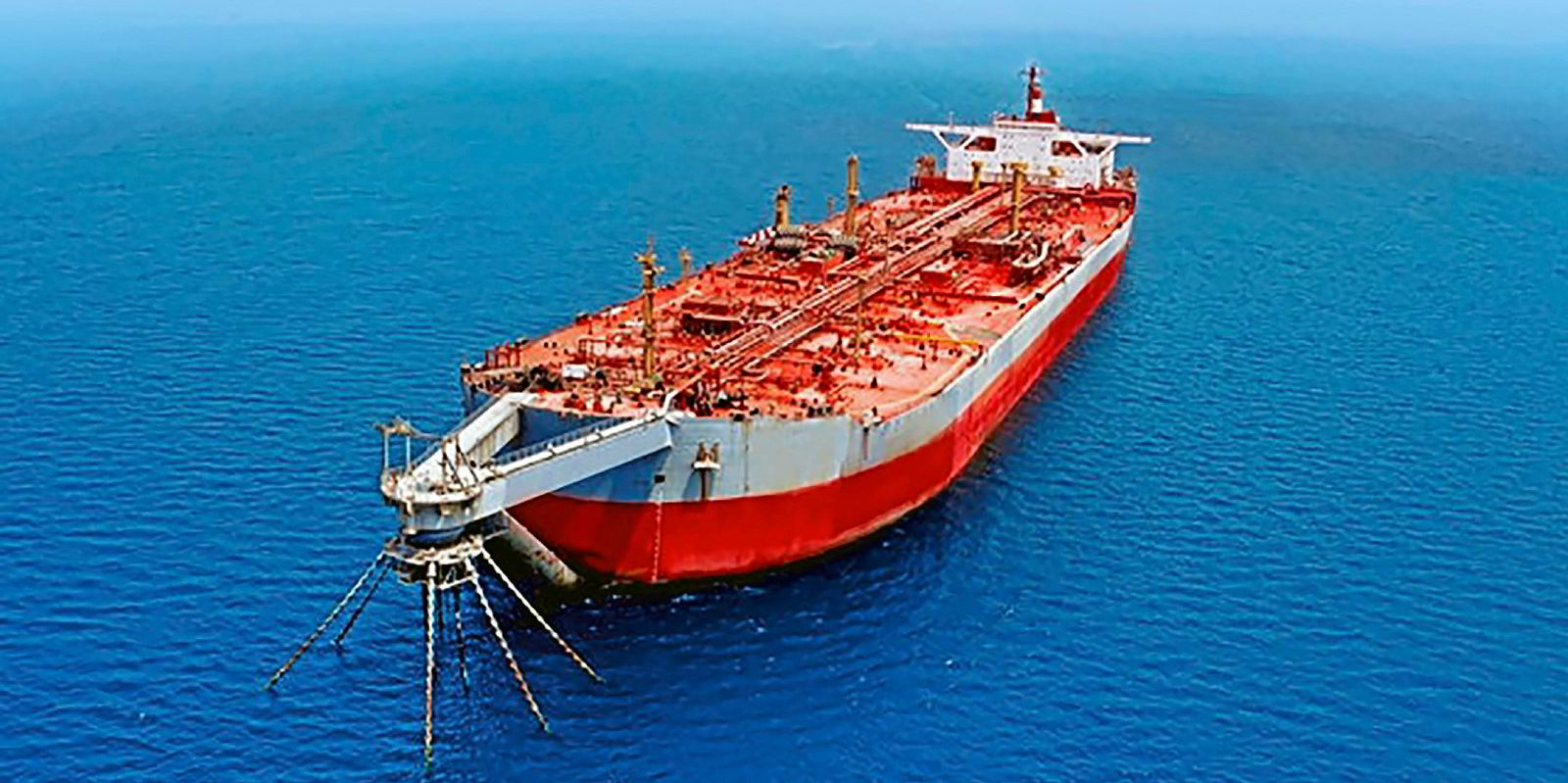
“We had an old-school paper slip, and we said to underwriters you can’t pick and choose, this is a risk where you as a company or syndicate have to be aligned across your whole book of business. We asked everyone to write the same share across all the sections,” said colleague Harry Byrne, regional head of marine for the Middle East and Africa, who also worked closely on the project.
One hurdle was that no one knew the state of the vessel and the potential financial liabilities of a significant spill.
Amid the uncertainties, a policy was structured that included conditions and warranties.
High-risk venture
“We got everybody into the Old Library at Lloyd’s, and we had a presentation from surveyors. We hadn’t got anyone signed up at the time. But we knew it was a process we had to go through to engage the underwriter on a higher level than the average risk,” Byrne said.
Meanwhile, work went on to come to a clearer understanding of the risks and structural integrity of the FSO Safer.
“The insurances required the employment of a technical surveyor who was there all the time, working with the salvor, Smit, involved all the time and keeping underwriters informed, including [on] steel thickness measures and pumpable rates,” Martin said.
“So on top of it being an insurance, financial, technical, environmental and political challenge, it was also reliant on experts doing calculations in real-time, it was unique,” she said.
As for the liability, Yemen’s legal position on limiting it was unclear, while the FSO Safer was also out of class and without P&I insurance, which would normally cover third-party liabilities such as oil pollution.
“The first thing we did was work with the UN and various lawyers involved to research the limits of liability. The complexities of the Yemen government are well known, and the best-case scenario was to refer to some quite old language relating to limits of liability what the lawyers recommended.”
In the end, a package was put together which included a primary and excess level of cover. Oil prevention equipment was also prepared to cope with the worst-case scenario and limit any potential spill.
‘Collaboration was amazing’
“The vessel was considered to be extremely fragile and [that] an STS operation would potentially disturb the stability of the vessel, we placed a significant limit, there are some things specific to the contract, but we were happy with the open market liability on the package,” Martin said.
“For most underwriters that were on this list, whilst it was not priced necessarily in a commercial way, it was priced sensitively for the project, and the line structures relating to their exposures sat within their normal levels of underwriting,” she said.
Looking back at the FSO Safer project Martin says it was a huge, involving multiple operations in which the London insurance market was able to play its part.
“The number of people on this and the amount of collaboration was amazing to be a part of. Insurance was not the main thing, but it would not have happened without the insurance [market] as well,” she said.
The STS transfer was successful, and the insurance policy is still alive today while the FSO Safer awaits recycling.
